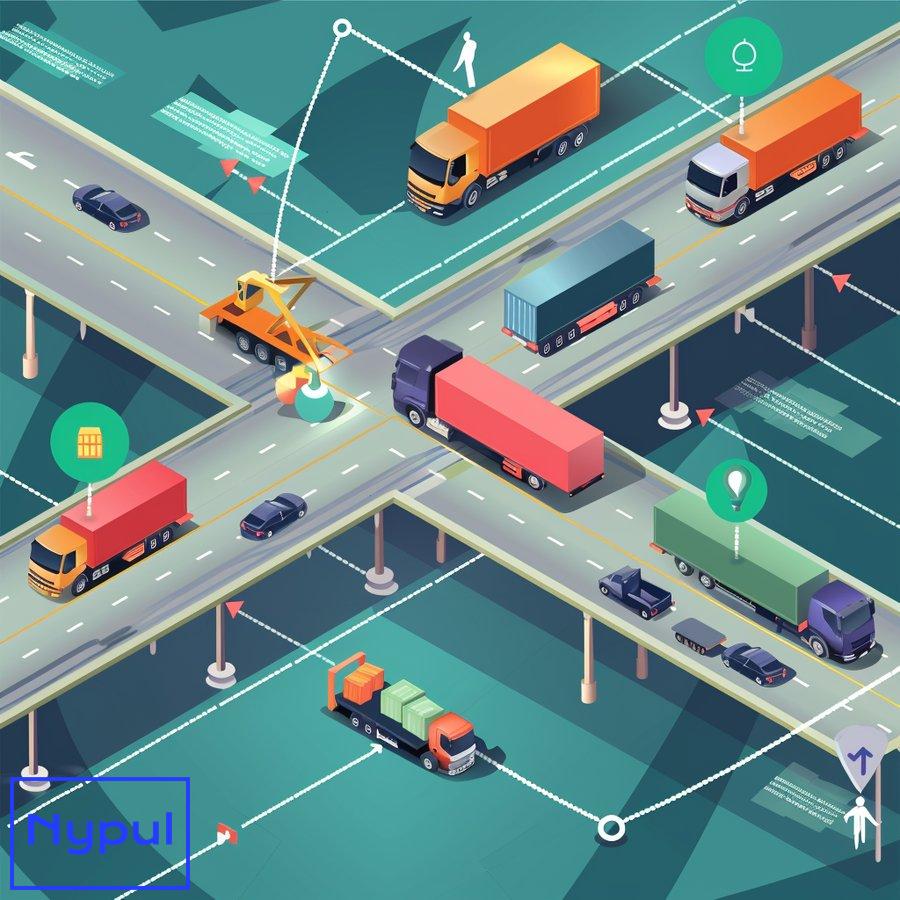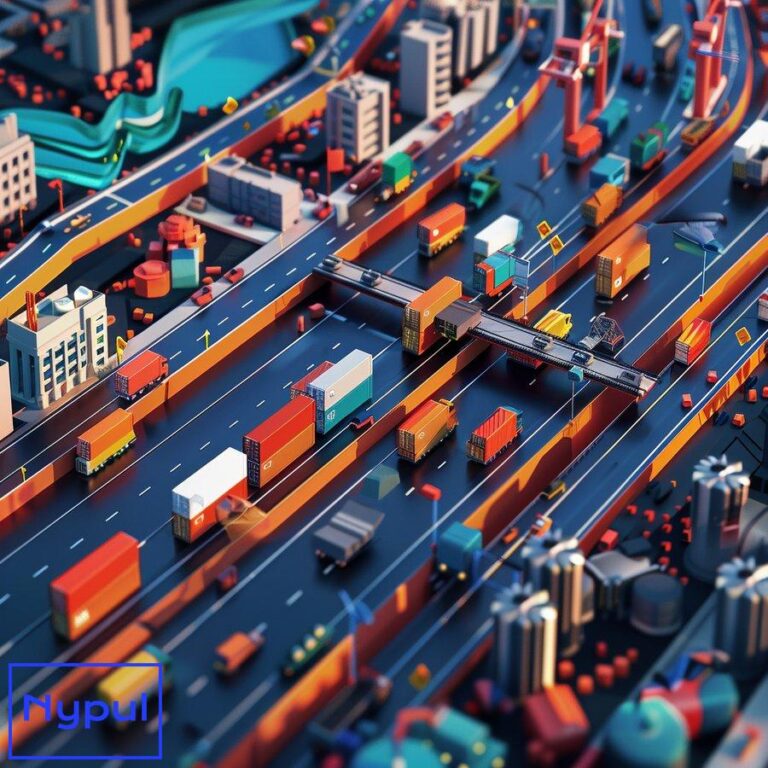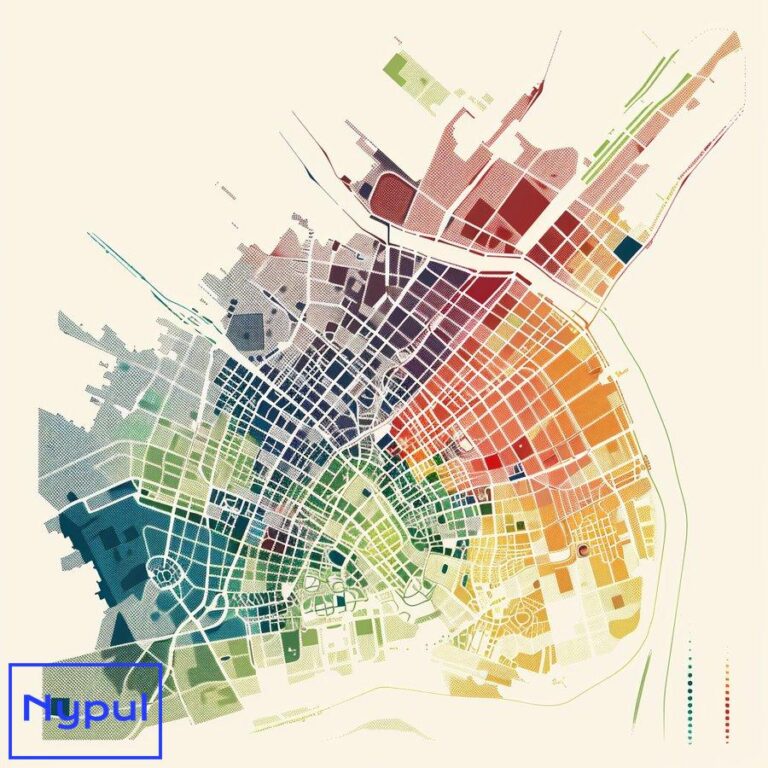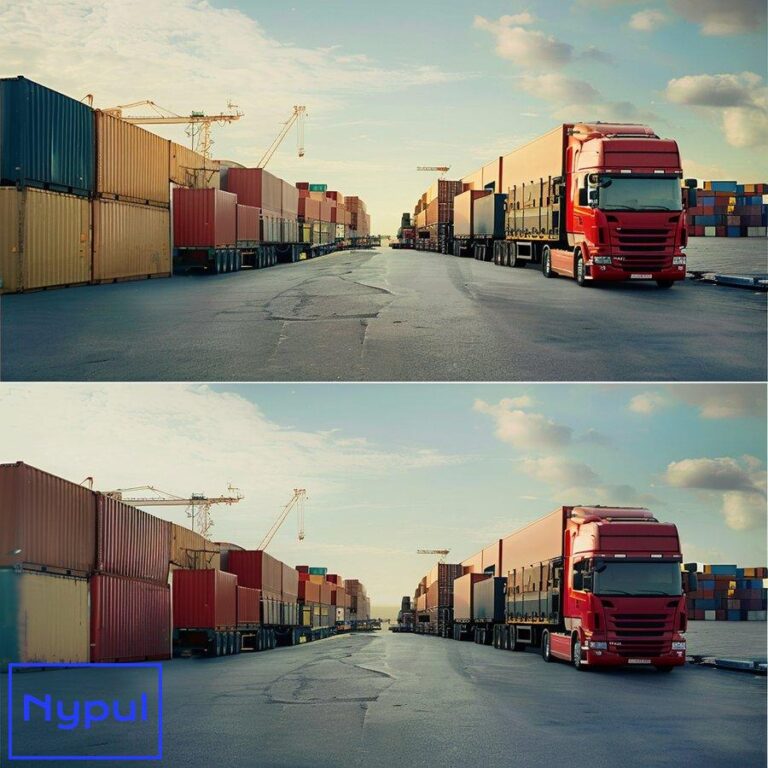What Is the Difference Between Last Mile and Drayage
What is last mile delivery?
Last mile delivery refers to the final step of the logistics process where goods are transported from a transportation hub to their final destination, typically a customer’s home or business. This segment of the supply chain is critical as it directly impacts customer satisfaction and delivery efficiency.
Key Characteristics of Last Mile Delivery:
-
Customer-Centric Focus: Last mile delivery emphasizes delivering goods directly to consumers, making it essential for e-commerce businesses. The experience during this phase can significantly influence customer perceptions of a brand.
-
Variety of Delivery Methods: Different methods are employed in last mile delivery, including traditional trucks, bicycles, drones, and even foot couriers. The choice of method often depends on the delivery area, the nature of the goods, and customer preferences.
-
Time Sensitivity: Customers often expect fast delivery times, sometimes within hours of placing an order. This urgency creates pressure on logistics providers to optimize routes and manage resources efficiently.
Challenges in Last Mile Delivery:
-
Urban Congestion: Delivering goods in densely populated areas can lead to delays due to traffic congestion and parking limitations.
-
Cost Management: Last mile delivery is often the most expensive part of the shipping process, with costs driven by factors such as labor, fuel, and vehicle maintenance.
-
Customer Expectations: Increasingly, customers expect real-time tracking and flexible delivery options, which can complicate logistics operations.
Understanding last mile delivery is essential for businesses aiming to enhance their customer service and streamline their logistics operations.
How does drayage work in the supply chain?
Drayage is a specialized transportation service that involves the movement of goods over short distances, typically from a port to a nearby warehouse or distribution center. It plays a vital role in the supply chain, particularly in intermodal transportation where containers are transferred between different modes of transport.
Key Components of Drayage:
-
Short-Distance Transport: Drayage typically covers distances ranging from a few miles to about 50 miles. It is crucial for connecting shipping ports with inland transportation hubs.
-
Container Handling: Drayage services often involve the handling of shipping containers, including loading and unloading at ports and warehouses. This process requires specialized equipment and trained personnel.
-
Intermodal Connections: Drayage serves as a link in intermodal logistics, where goods are transported using multiple modes of transport, such as ships, trains, and trucks. Efficient drayage operations are essential for minimizing delays and ensuring smooth transitions between these modes.
Challenges in Drayage:
-
Port Congestion: Delays at ports can lead to increased costs and longer delivery times, impacting the entire supply chain.
-
Regulatory Compliance: Drayage operators must comply with various regulations, including weight limits and safety standards, which can complicate operations.
-
Equipment Availability: The need for specialized equipment can lead to bottlenecks if not managed effectively.
Drayage is a crucial component of the logistics landscape, particularly for businesses that rely on international shipping and intermodal transport.
What are the key differences between last mile and drayage?

While both last mile delivery and drayage are essential components of the logistics process, they serve different purposes and operate under distinct circumstances. Understanding these differences helps businesses make informed decisions about their logistics strategies.
| Feature | Last Mile Delivery | Drayage |
|---|---|---|
| Definition | Final delivery to the end customer | Short-distance transport from ports |
| Distance | Typically less than 50 miles | Usually a few miles to 50 miles |
| Primary Focus | Customer satisfaction and experience | Efficient transfer between transport modes |
| Delivery Methods | Trucks, bicycles, drones, couriers | Trucks, specialized drayage vehicles |
| Cost Structure | Higher due to customer expectations | Variable, often lower per mile |
| Challenges | Urban congestion, cost management | Port congestion, regulatory compliance |
Understanding the Differences:
-
Purpose and Scope: Last mile delivery is focused on getting products to the end consumer, while drayage is concerned with the movement of goods between transport hubs.
-
Cost and Pricing: Last mile delivery tends to be more expensive due to the high service expectations from customers, whereas drayage costs are typically lower and more predictable.
-
Operational Complexity: Last mile delivery requires more complex logistics management due to the need for real-time tracking and customer communication, while drayage focuses more on efficient container handling and transportation.
Recognizing these differences is crucial for businesses when determining the most effective logistics strategies for their operations.
Why are last mile and drayage crucial for efficient logistics?
Both last mile delivery and drayage play pivotal roles in ensuring that goods reach their final destinations efficiently and effectively. Their importance in the logistics chain cannot be overstated, as they directly impact customer satisfaction, operational efficiency, and overall supply chain performance.
Significance of Last Mile Delivery:
-
Customer Satisfaction: Last mile delivery is the final touchpoint in the customer experience. Efficient and reliable delivery can lead to repeat business and positive reviews.
-
Brand Reputation: Companies that excel in last mile delivery often enjoy a competitive advantage and enhanced brand loyalty.
-
Cost Efficiency: Optimizing last mile delivery routes and processes can lead to significant cost savings, benefiting the overall logistics operation.
Importance of Drayage:
-
Supply Chain Connectivity: Drayage serves as a critical link between shipping ports and inland distribution centers, facilitating the smooth flow of goods.
-
Intermodal Efficiency: Effective drayage operations enhance the efficiency of intermodal transport, reducing delays and improving overall supply chain performance.
-
Cost Management: By minimizing delays and optimizing container handling, drayage can help reduce overall transportation costs.
The synergy between last mile delivery and drayage is essential for creating a seamless logistics experience that meets customer expectations and enhances operational efficiency.
How do operational challenges differ between last mile and drayage?
Operational challenges in last mile delivery and drayage vary significantly due to the nature of their services and the environments in which they operate. Understanding these challenges is crucial for logistics managers seeking to optimize their operations.
Challenges in Last Mile Delivery:

-
Urban Logistics: Navigating congested urban areas can lead to delays and increased costs. Last mile delivery often requires sophisticated route planning and real-time traffic monitoring.
-
Customer Expectations: Meeting the rising expectations for fast and flexible delivery options, such as same-day or next-day delivery, can strain resources and increase operational complexity.
-
Returns Management: Handling returns efficiently is a significant challenge in last mile delivery, requiring effective reverse logistics processes.
Challenges in Drayage:
-
Port Delays: Drayage operators often face delays due to congestion at ports, which can disrupt the entire supply chain and lead to increased costs.
-
Regulatory Compliance: Navigating complex regulations related to container weights, safety standards, and environmental considerations can complicate drayage operations.
-
Equipment Availability: Ensuring the availability of specialized drayage equipment, such as chassis and containers, is crucial for maintaining operational efficiency.
Comparative Analysis of Challenges:
| Aspect | Last Mile Delivery | Drayage |
|---|---|---|
| Primary Challenges | Urban congestion, customer expectations | Port delays, regulatory compliance |
| Operational Complexity | High due to customer interactions | Moderate, focused on equipment handling |
| Impact of Delays | Directly affects customer satisfaction | Disrupts supply chain flow |
Addressing these operational challenges requires tailored strategies and solutions for each segment of the logistics process.
What technologies are transforming last mile and drayage services?
Technological advancements are reshaping the logistics landscape, particularly in last mile delivery and drayage services. These innovations enhance efficiency, improve customer experiences, and streamline operations.
Technologies Impacting Last Mile Delivery:
-
Route Optimization Software: Advanced algorithms analyze traffic patterns and delivery locations to optimize routes, reducing delivery times and costs.
-
Real-Time Tracking: GPS and mobile applications enable customers to track their deliveries in real time, enhancing transparency and satisfaction.
-
Drones and Autonomous Vehicles: Emerging technologies like drones and self-driving vehicles are being tested for last mile delivery, potentially revolutionizing the industry by reducing delivery times and costs.
Technologies Transforming Drayage:
-
Telematics Systems: These systems provide real-time data on vehicle location, speed, and fuel consumption, allowing for better fleet management and operational efficiency.
-
Container Tracking Solutions: RFID and GPS technologies enable better tracking of containers, improving visibility and reducing delays in the drayage process.
-
Digital Freight Platforms: Online platforms connect shippers with drayage providers, streamlining the booking process and enhancing operational efficiency.
Comparative Overview of Technologies:
| Technology | Last Mile Delivery | Drayage |
|---|---|---|
| Route Optimization | Essential for reducing delivery times | Useful for optimizing transport routes |
| Real-Time Tracking | Critical for customer satisfaction | Enhances visibility in the supply chain |
| Emerging Technologies | Drones, autonomous vehicles | Telematics, container tracking solutions |
The integration of these technologies is crucial for businesses looking to enhance their logistics operations and remain competitive in a rapidly evolving market.
How do cost factors compare between last mile and drayage?
Cost factors play a significant role in determining the logistics strategies businesses adopt for last mile delivery and drayage. Understanding these costs is essential for effective budgeting and resource allocation.

Cost Factors in Last Mile Delivery:
-
Labor Costs: Last mile delivery often requires a higher labor investment due to the need for customer interactions and flexible delivery options.
-
Fuel Expenses: Rising fuel costs can significantly impact last mile delivery expenses, especially in urban areas with high traffic congestion.
-
Technology Investments: Implementing technologies for route optimization and real-time tracking can require substantial upfront investments, though they may lead to long-term savings.
Cost Factors in Drayage:
-
Port Fees: Drayage operators often incur various fees at ports, including terminal handling charges and storage fees, which can add to overall costs.
-
Equipment Costs: The need for specialized equipment, such as chassis and containers, can contribute to drayage costs, particularly if equipment availability is limited.
-
Regulatory Compliance Costs: Ensuring compliance with regulations can lead to additional expenses, including fines and operational adjustments.
Comparative Cost Analysis:
| Cost Factor | Last Mile Delivery | Drayage |
|---|---|---|
| Labor Costs | Higher due to customer interactions | Moderate, focused on transport |
| Fuel Expenses | Significant impact | Variable, generally lower per mile |
| Technology Investments | Essential for efficiency | Important for tracking and management |
Businesses must carefully evaluate these cost factors when deciding between last mile delivery and drayage services to optimize their logistics operations.
When should businesses choose last mile vs drayage services?

The decision between utilizing last mile delivery or drayage services depends on several factors, including the nature of the business, customer expectations, and logistical requirements.
Considerations for Last Mile Delivery:
-
E-Commerce Focus: Businesses that rely heavily on e-commerce should prioritize last mile delivery to meet customer expectations for fast and reliable service.
-
Customer Experience: If customer satisfaction is a key priority, investing in last mile delivery solutions can enhance the overall shopping experience.
-
Urban Delivery Needs: Companies operating in urban areas with high population density may benefit from optimized last mile delivery strategies to navigate congestion effectively.
Considerations for Drayage Services:
-
International Shipping: Businesses involved in international shipping should prioritize drayage services to facilitate the movement of goods between ports and distribution centers.
-
Intermodal Logistics: Companies utilizing multiple modes of transport should consider drayage as a critical component of their logistics strategy to ensure seamless transitions.
-
Cost Efficiency: If minimizing transportation costs is a priority, drayage may offer a more cost-effective solution for short-distance transport.
Decision-Making Framework:
| Factor | Last Mile Delivery | Drayage |
|---|---|---|
| Business Model | E-commerce, retail | International shipping, intermodal |
| Customer Expectations | High for speed and reliability | Moderate, focused on logistics efficiency |
| Cost Considerations | Higher costs due to service demands | Generally lower, but variable based on fees |
Ultimately, businesses should assess their specific needs and operational capabilities when deciding between last mile delivery and drayage services to optimize their logistics strategies.
By understanding the nuances of last mile delivery and drayage, businesses can make informed decisions that enhance their logistics operations and improve customer satisfaction.






